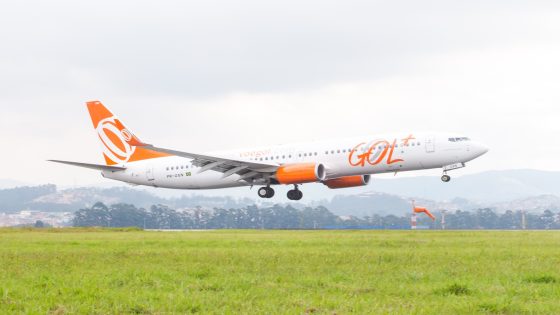On February 23, 2025, a Gol Airlines flight made an unexpected return to Brasília Airport after colliding with a bird shortly after takeoff. Such incidents raise concerns about aviation safety. What measures are in place to prevent bird strikes, and how do they impact flights?
- Airplane collides with bird near Brasília.
- Gol flight returns due to bird strike.
- Passengers report burnt smell after incident.
- Multiple reports of bird collisions in Brasília.
- Safety concerns arise from bird strikes.
Understanding Bird Strikes and Their Impact on Aviation Safety
Bird strikes are a serious issue for airlines worldwide. How often do these incidents occur, and what can be done to minimize their risk? The recent event in Brasília serves as a reminder of the potential dangers that birds pose to aircraft. Pilots and airlines must be prepared for such emergencies.
Key Factors Contributing to Bird Strikes in Aviation
Several factors contribute to bird strikes, including flight paths, airport locations, and seasonal migrations. Understanding these elements can help airlines implement better safety measures.
Factors Influencing Bird Strikes in Aviation
Bird strikes can happen for various reasons. Here are some key factors:
- Proximity of airports to natural habitats.
- Seasonal migrations of birds.
- Flight paths that intersect with bird activity.
- Time of day, as birds are more active during dawn and dusk.
Preventive Measures Airlines Can Take
Airlines are constantly working to improve safety protocols. Some effective measures include:
- Regular wildlife assessments around airports.
- Implementing bird control programs.
- Training pilots on emergency procedures for bird strikes.
- Using technology to monitor bird activity near flight paths.
In conclusion, the recent bird strike incident in Brasília emphasizes the importance of aviation safety. As travelers, being informed about these issues can enhance our understanding of air travel risks and the measures taken to ensure our safety.
































